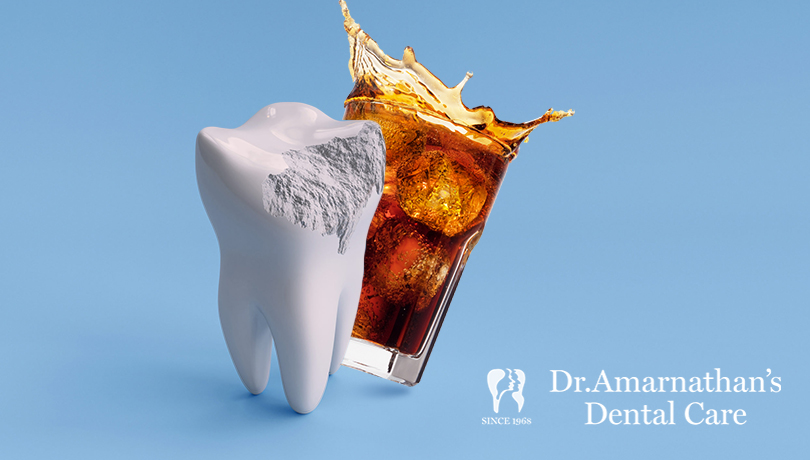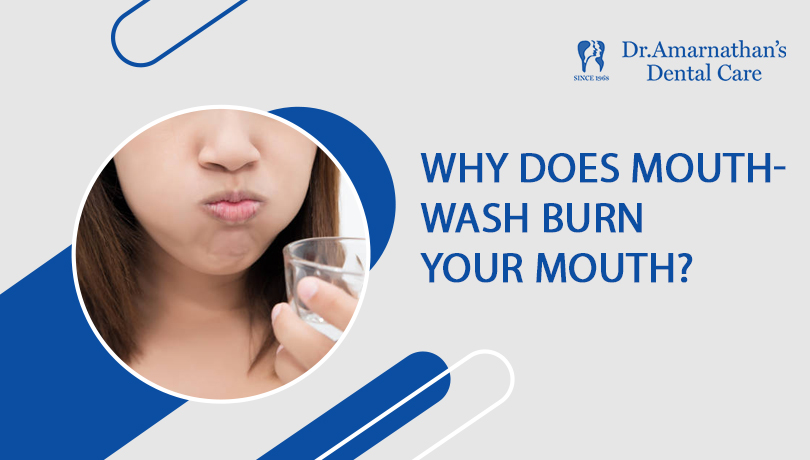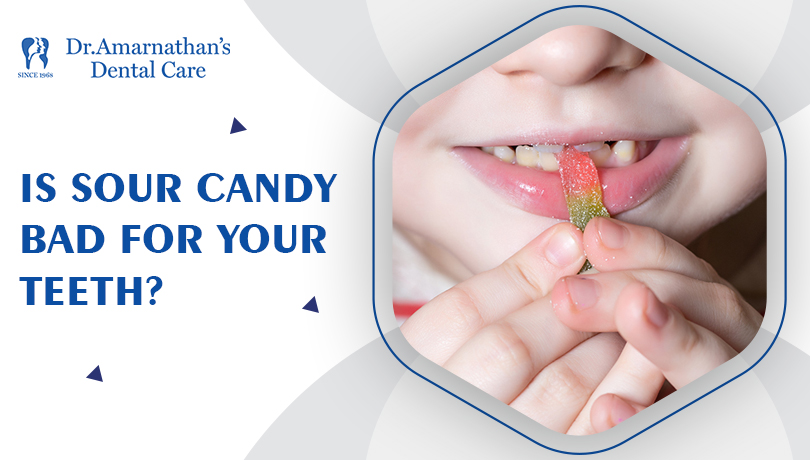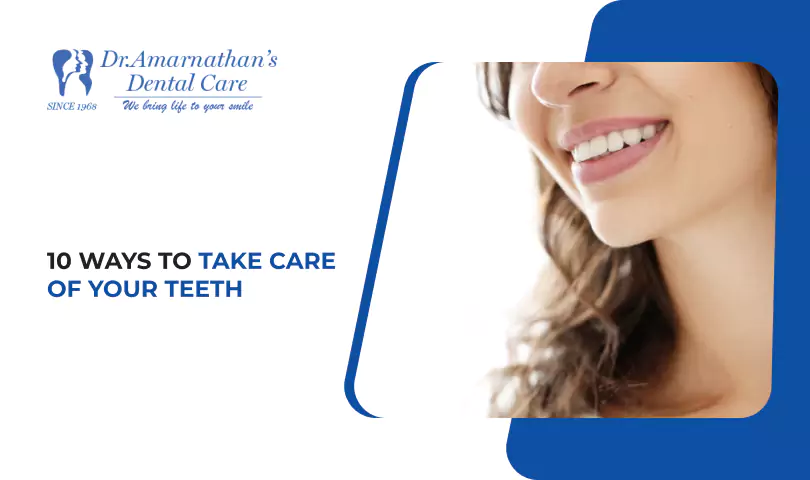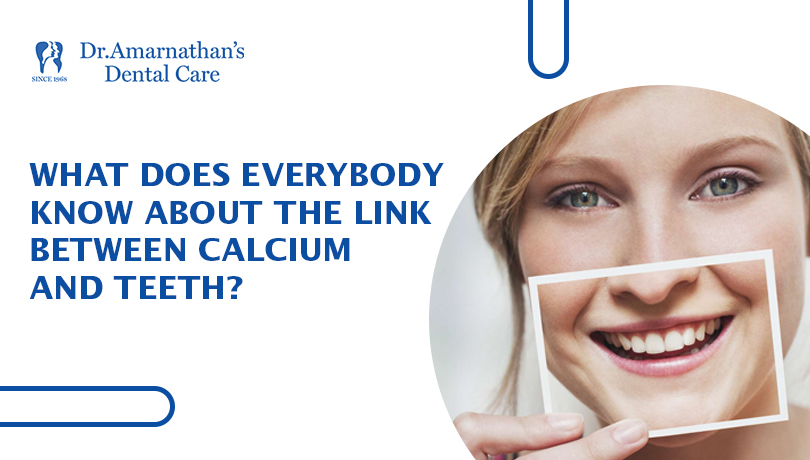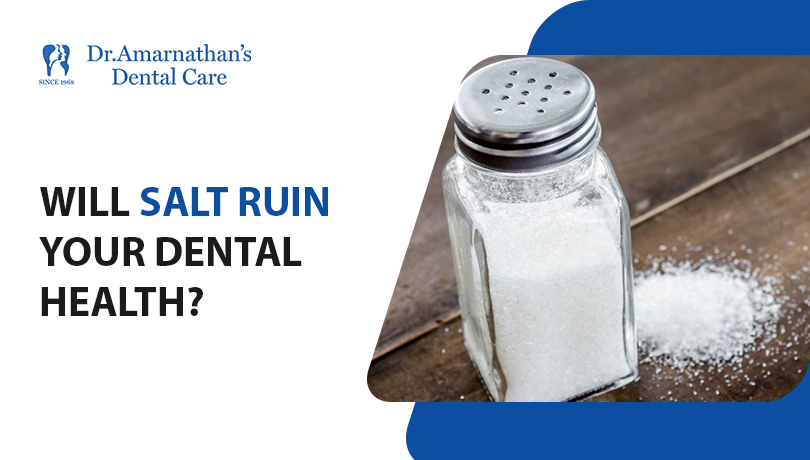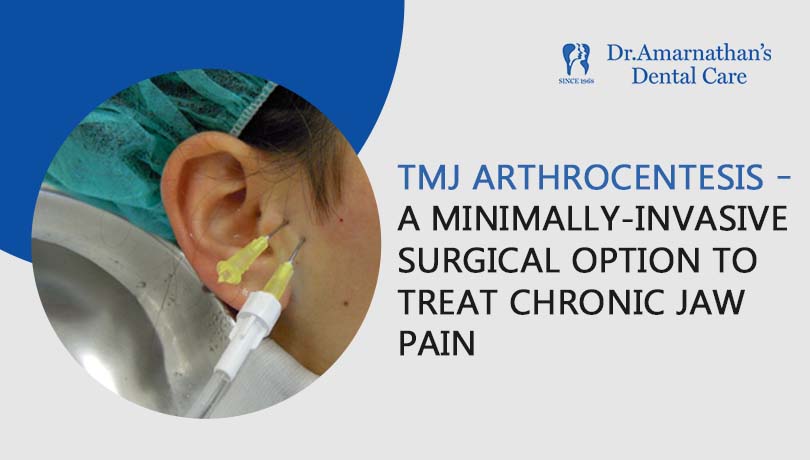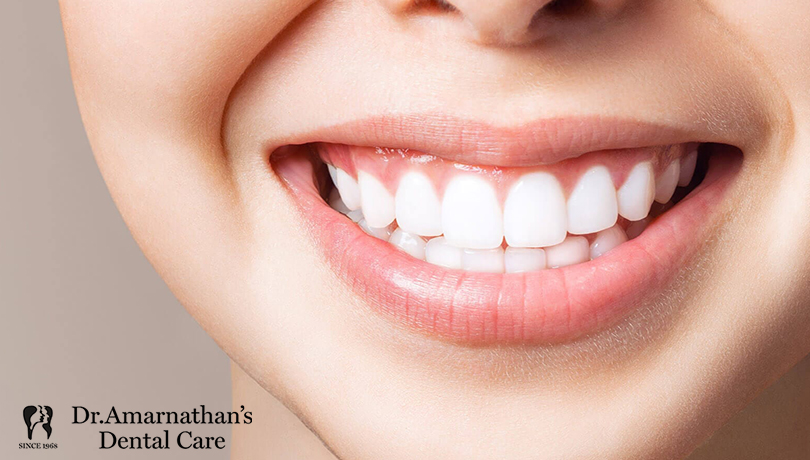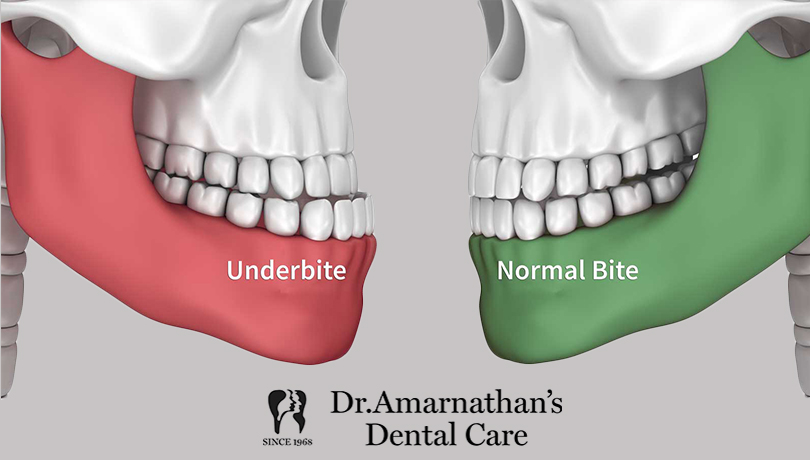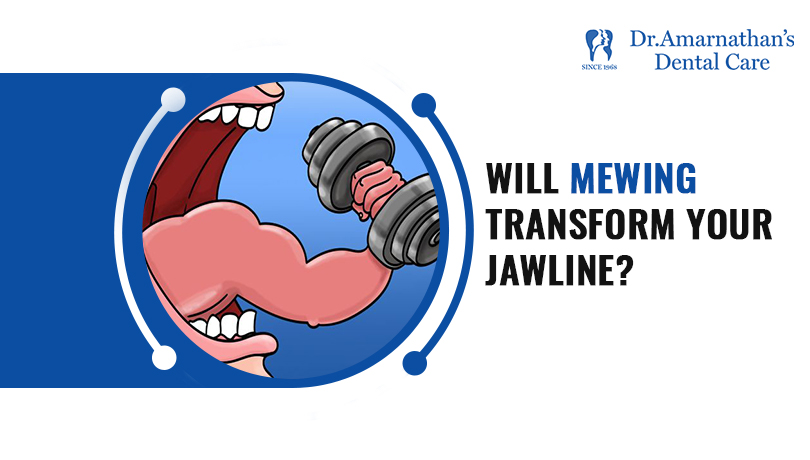What everyone ought to know about Splint Appliance Therapy?
Are you suffering from pain in the chewing muscles?
Do you have pain in your jaw that keeps spreading to the face or neck?
Do you sense discomfort in jaw movements?
Do you have pain in the jaw while opening and closing of mouth?
If YES is your answer to the above questions, then you have TMJ disorder (a form of dental disorder).
Don’t worry. We have come up with a solution for this, and the solution is nothing but “SPLINT APPLIANCE THERAPY.”
What is meant by Splint Appliance Therapy?
You could Have come across the term “SPLINT” in sports. It is a treatment for athletic injuries like twisted ankles and broken wrists. Here, the dental term “SPLINT” refers to treating TMJ disorders.
Splint treatments are made with the help of mouthguards or bite plates. But the mouthguards equipped to treat jaw bone problems are not regular mouthpieces.
Splint treatment mouth guards, also known as occlusal splints or bite splints, are designed specially to improve the health of your mouth. They are designed to guide jaw bone movements, protecting it from unnecessary strains.
What are the advantages of Splint Appliance Therapy?
This treatment’s first and foremost benefit is that your jaw muscles and ligaments are relaxed.
This is done to make sure that tension on your mouth gets arrested. When the whole process gets completed, your mouth will recover from the strain of teeth clenching or any other jaw-related problems that you have.
The next benefit is the highlighted benefit before mentioning it. With reference to the popular saying, “Prevention is better than cure,” occlusal splints have one benefit of restricting further grinding or clenching of teeth. As a result, there is a higher chance that you will be able to protect your teeth.
Your jaw alignments are get adjusted based on your under-bite or over-bite. Hence you can happily chew and bite your favorite food without any hesitation or fear.
What are the different types of bite splints you can get from a dentist?
Many types of splints are available, but only two types are commonly used in dental offices. They are:
● Stabilization Splint
● Repositioning Splint
Each one is unique in its specification. One is equipped in a way to keep your bite in place, and the other one is equipped in a way to keep your jaw in the optimal position.
1) Stabilization Splint – If you develop jaw problems from habitually grinding or clenching your teeth, you should undergo stabilization therapy. This mouth guard covers all your teeth. Moreover, it keeps the jaw current while providing barriers to eliminate tooth-to-tooth contact. This type of mouth guard is used only during bedtimes.
2) Repositioning Splint – People diagnosed with TMJ occlusion must immediately undergo repositioning splint treatment. Unlike stabilization mouth guards that can be used only at bedtimes, repositioning mouth guards should wear all the time except during meal time. Any failure to wear this splint regularly will lead to uneven bite positions.
Bottom line
Even though the splint appliances help manage jaw bone disorder symptoms, they are designed to address every cause of TMJ. Depending on the patient’s medical condition, higher-level treatments like orthodontics, special dental works, or even surgery may be prescribed to treat TMJ disorders.
Mouthguards are not always soft it might be hard. It depends upon their dental application. The bite splints are an instance.
Splint appliance therapy is a strong initial step to get relief from the TMJ pain you are suffering. This initial step is very necessary to avoid further major consequences.



